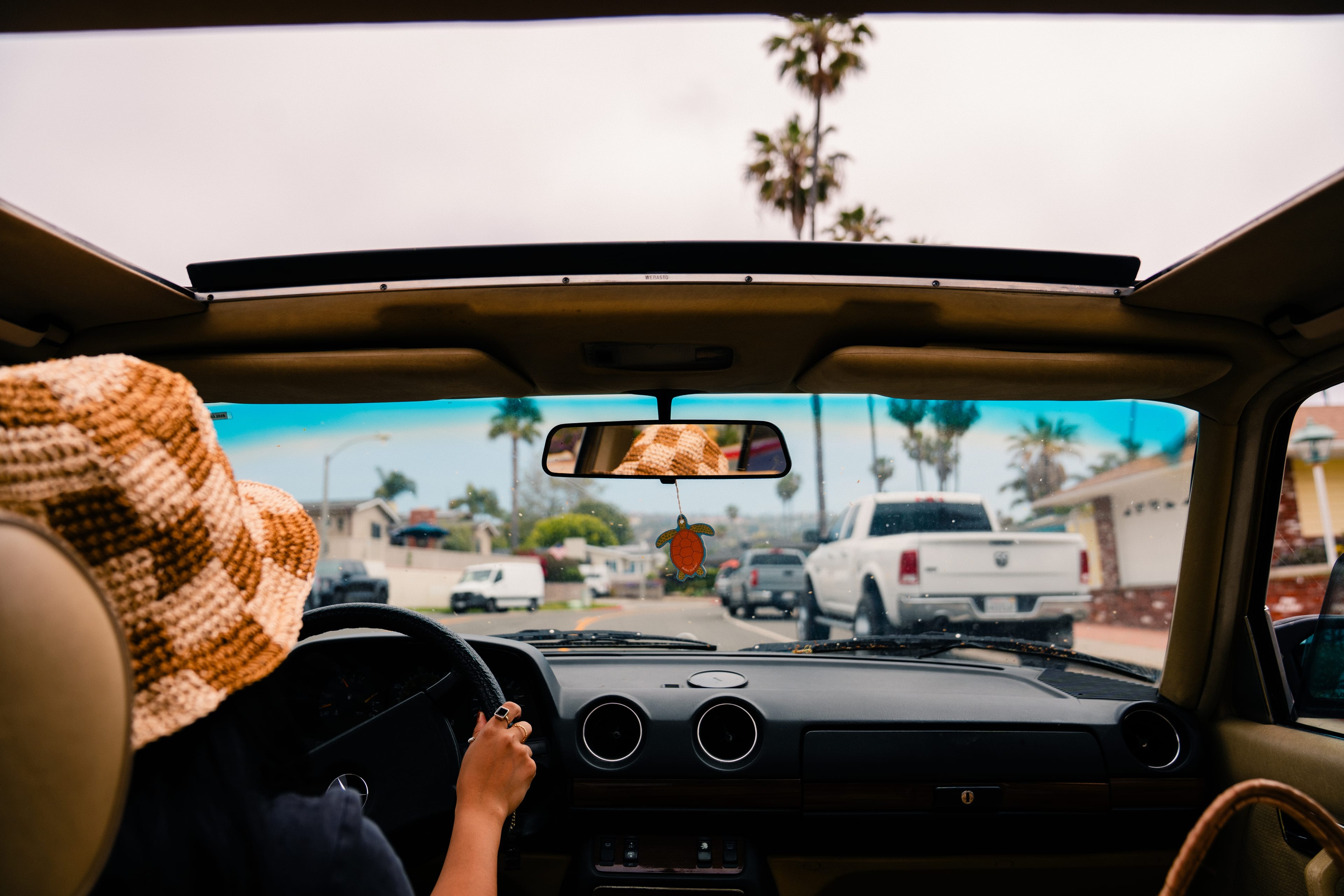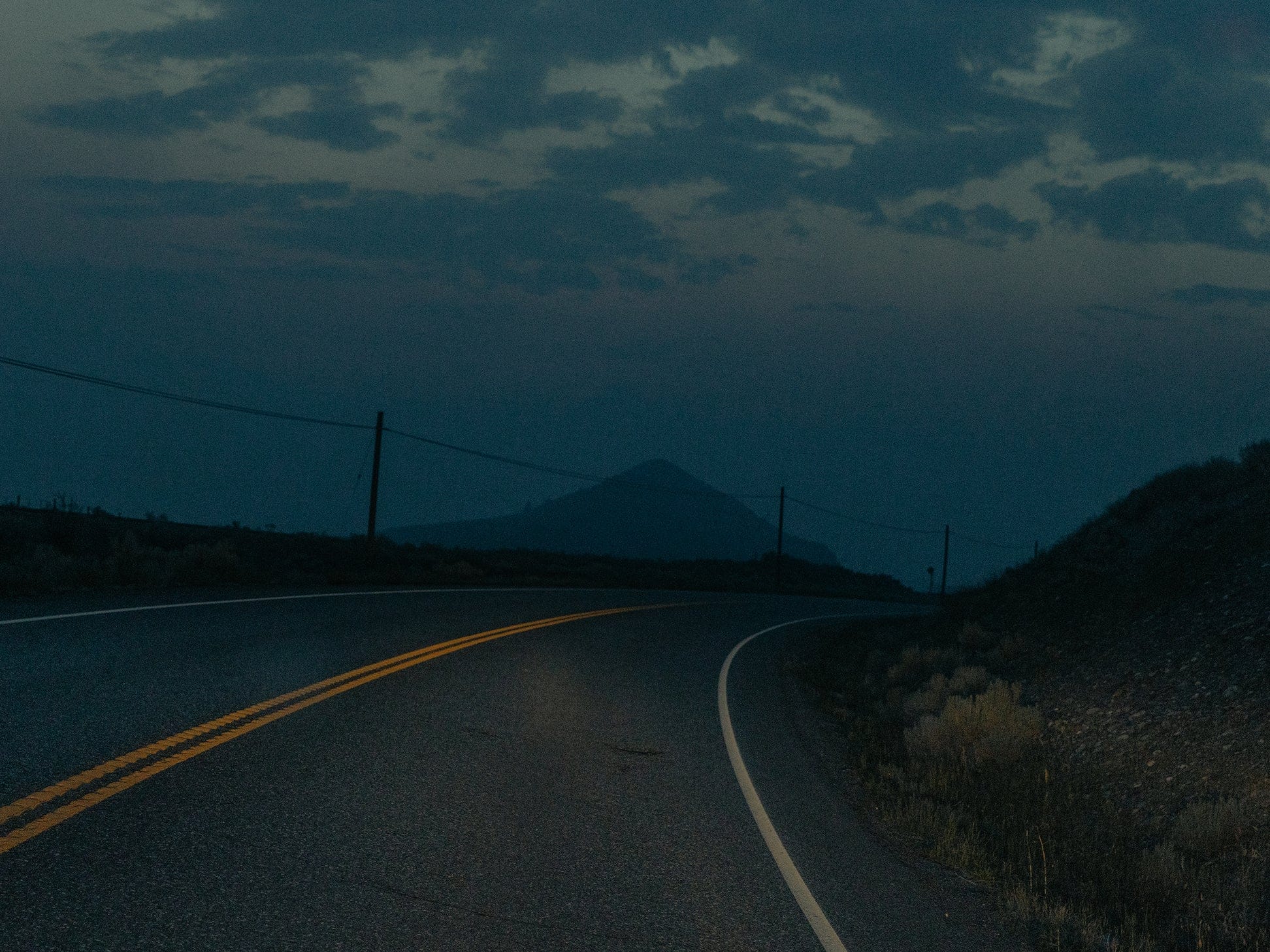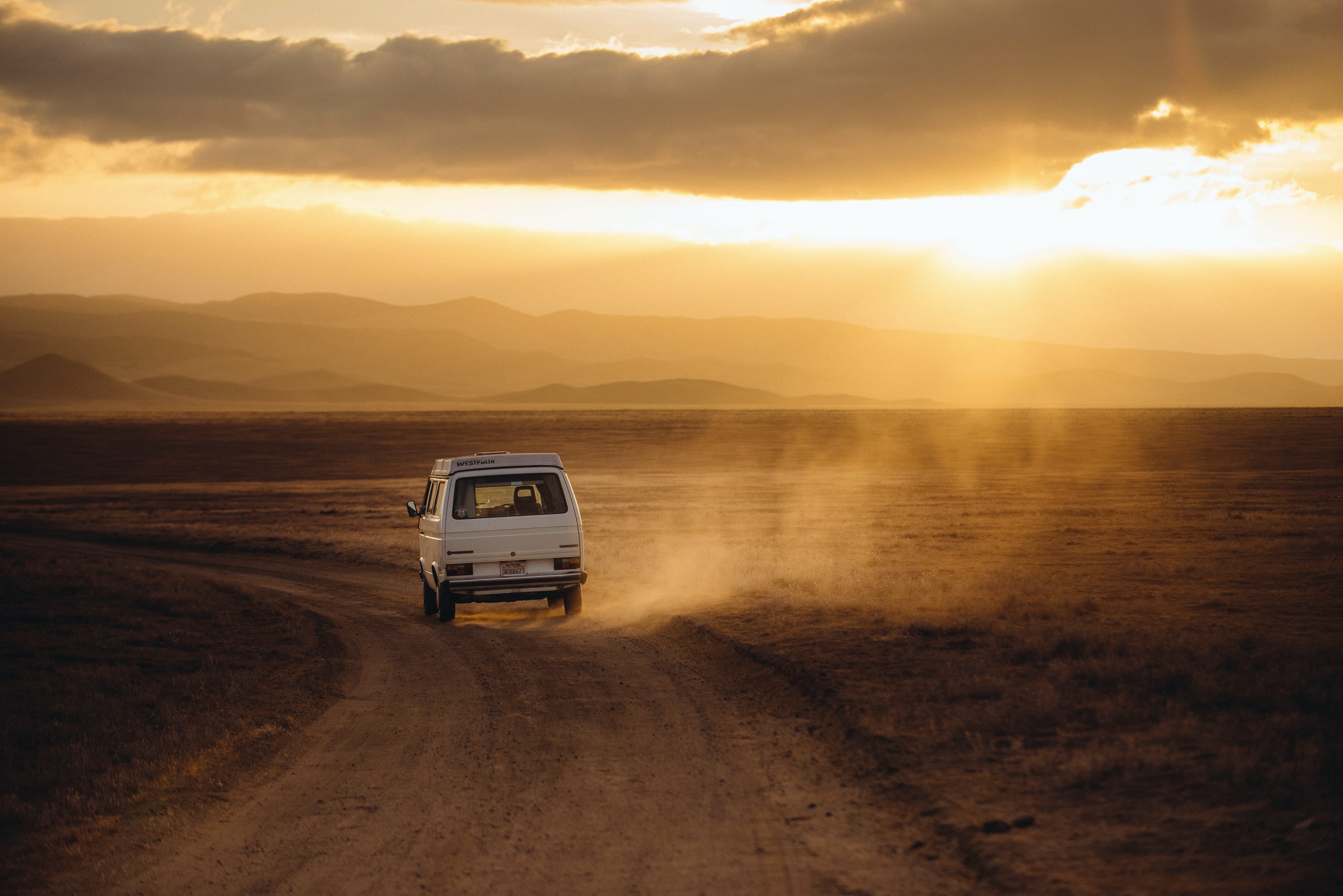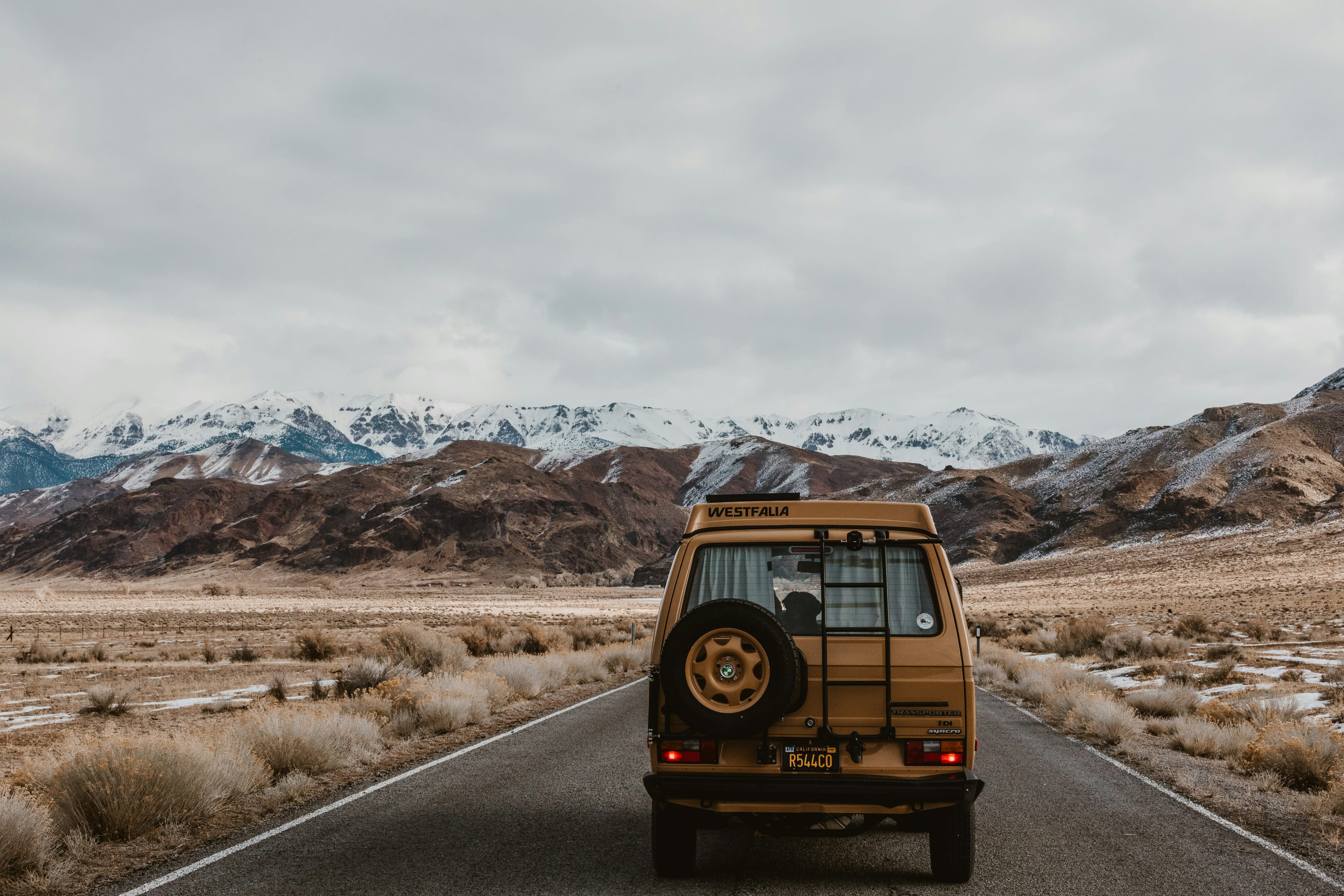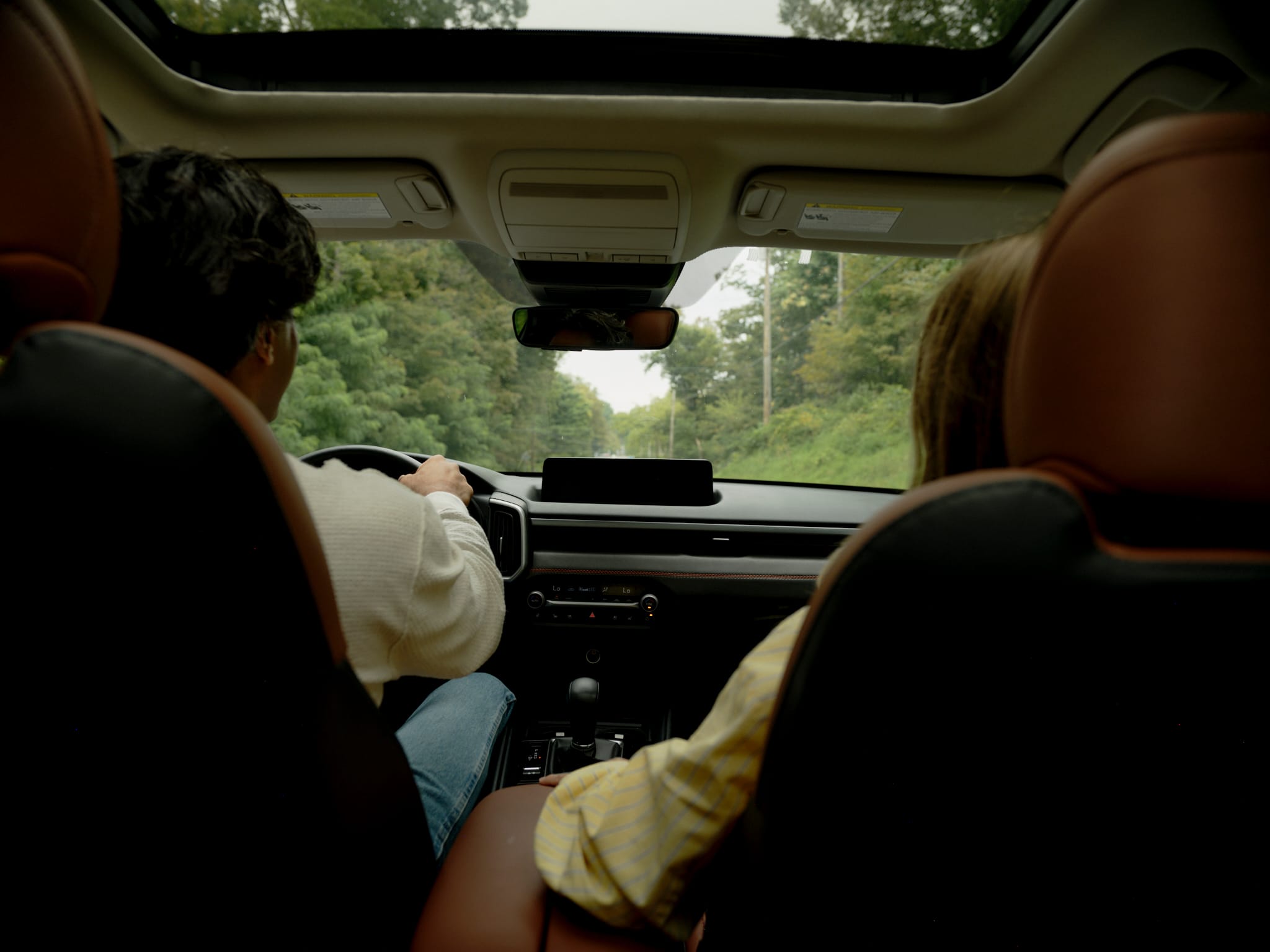Why the Motor Lodge is Making Its Big Comeback

THE new age OF THE ROADSIDE MOTEL STARTED OUT NICHE. NOW IT'S BRINGING SMART DESIGN, HANGOUT VIBES AND THROWBACK CHARM TO REENVISIONED MOTOR INNS ACROSS THE COUNTRY.
When E. Hussa was growing up in New Jersey, going on vacation meant road trips around the Northeast: long car rides to Maine, to the Poconos, to Massachusetts’ Old Sturbridge Village. And always, always it meant overnights in mom-and-pop motor-lodge motels.
“We just got so attached to those places,” says Hussa, who goes by her first initial. “We’d see, you know, Tammy and John who run the place, for maybe the fifth summer in a row. We’d remember their playground out back. And it’s not like we were taking a trip specifically to go to that motel—we had a destination. But the motels just became these perks.”
Why do we love old motor lodges so? Even those of us who love our trailers, our tents, our cabins in the woods? A few years back, Hussa took to the web to memorialize the roadside motels she saw going dark, and her @deadmotelsUSA Instagram now has 155,000 followers. They’re drawn in, she suspects, by her unearthed pics of the properties in their glory days, “by the nostalgia piece of it, almost a longing for the fun, happy vacation times they had as kids.”
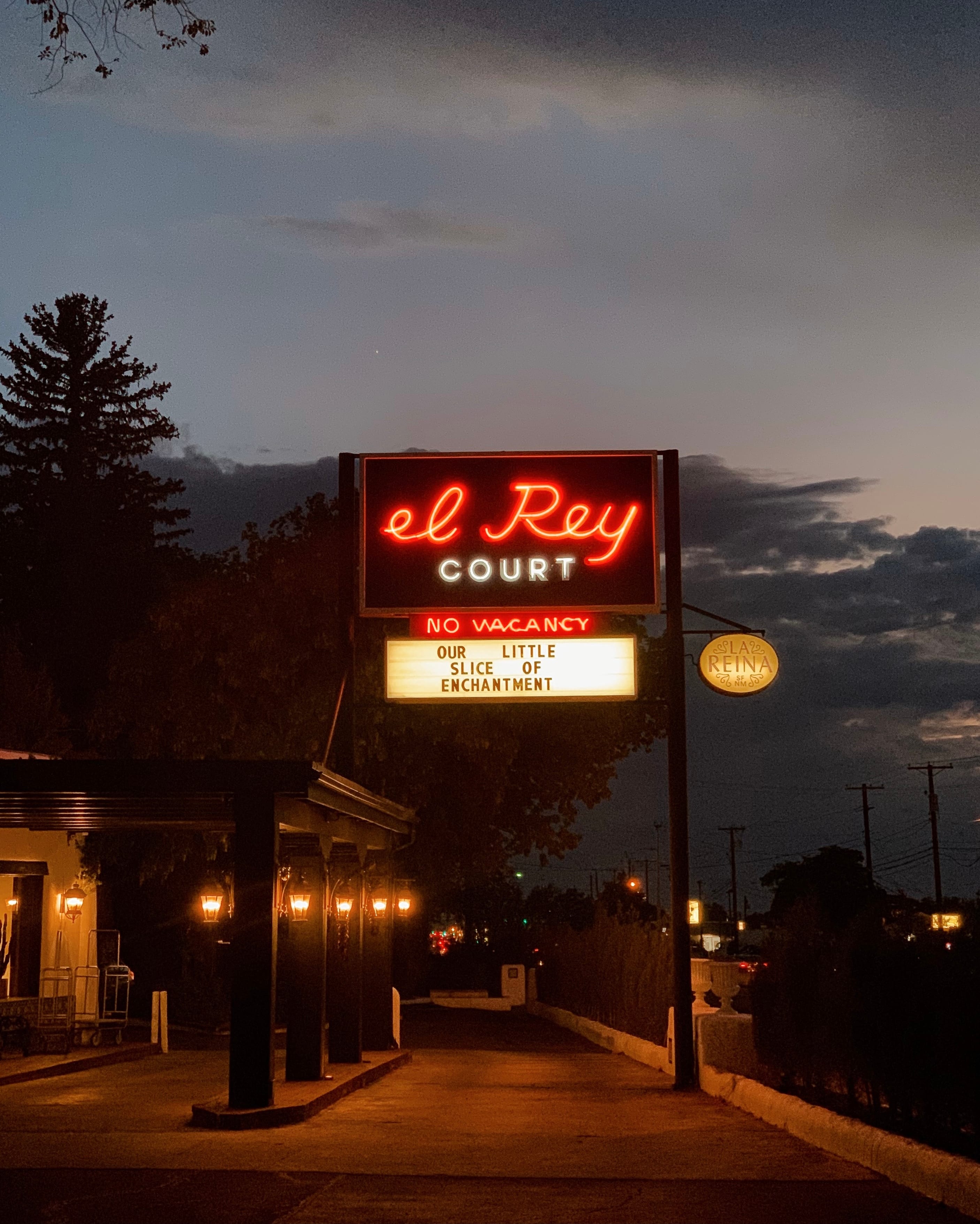
Over the last couple of decades, a small but growing number of those once-tired motels have been revived and transfigured, reimagined by hoteliers and developers who see retro cachet and storytelling potential in the right kind of unfussy motor inn. Austin hotelier Liz Lambert is often ID’d as the trendsetter: She reopened that city’s once-crummy Hotel San José as a bastion of high design in 2000, then founded Bunkhouse Hotels in 2006, which kept on glamming up midcentury motels, mostly in Texas, to great acclaim.
And the motor-lodge renaissance has only picked up steam more recently. Hotel investor Matt Comfort had a long hospitality resume when he and a partner, Jeff Burns, launched a capital firm in 2015 to seek out such properties. “Even then, this motel-upgrade trend was still in its infancy,” Comfort says. “We felt like there were a lot of hotels being developed and converted with a tremendous amount of design focus and emphasis on the experiential—but they were all at the higher end of the market. If you had some scratch, you could stay in a very cool-looking hotel, with a really activated bar and interesting- looking people coming in and out, locals and guests. But less of that was happening at a more affordable price.”
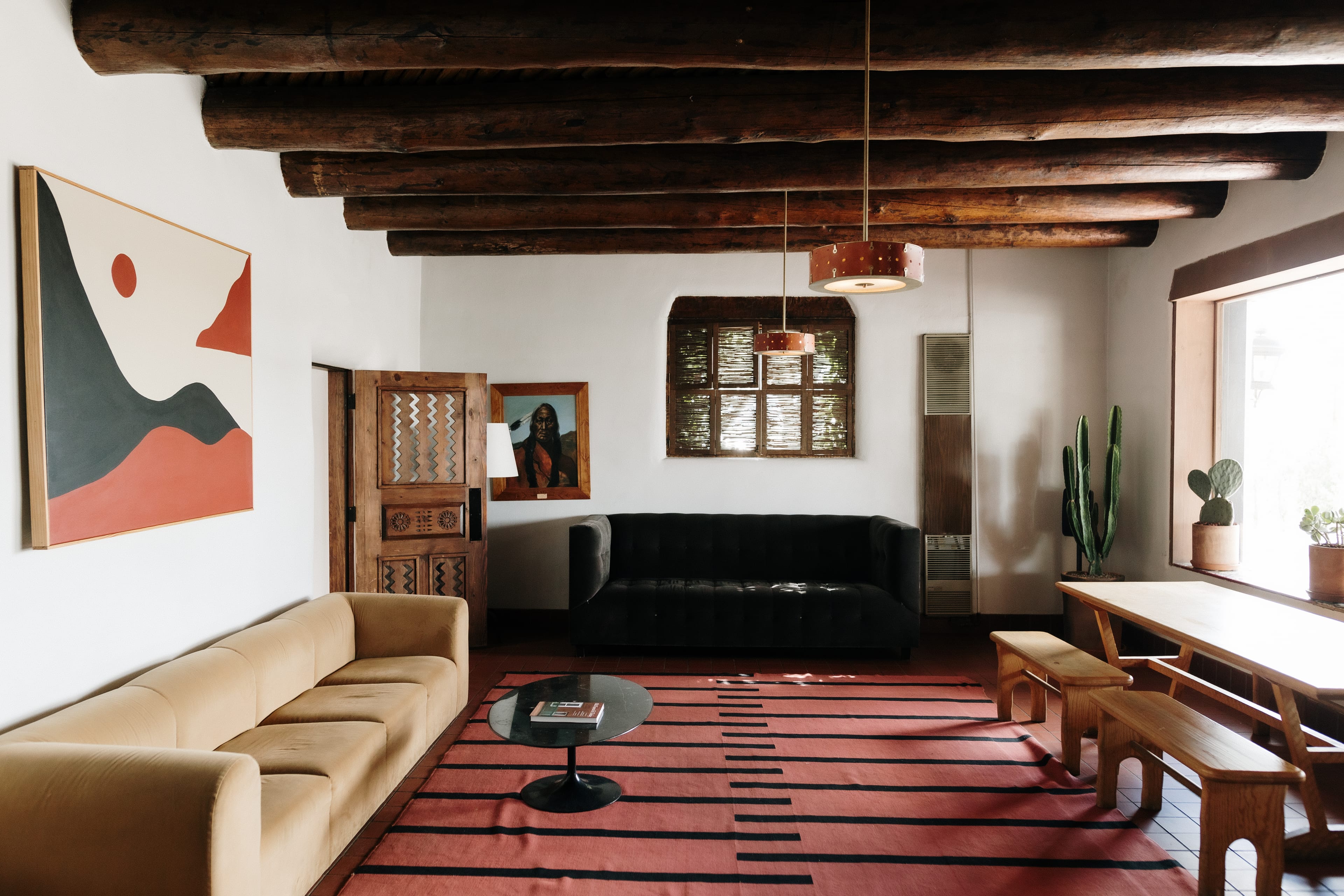
THE GREATEST ROAD HOTELS IN AMERICA
Classic motor lodges are in a comeback era. These are our 27 favorites across America.
In 2016, the pair purchased Santa Fe’s El Rey Inn, a whitewashed-adobe motor court that opened in 1936 on what was then Route 66. The decor was dated and plain, but the 5-acre property had an ivy-covered Spanish courtyard, a nice pool, a collection of quaint adobe huts that midcentury lodgers once pulled up alongside. Comfort and Burns brought in a creative team and filled the place with art and furnishings that nod to Southwestern culture and vintage Americana: modular sofas, handmade ceramic light fixtures, Chimayo weavings draped over headboards. They opened a mezcal bar in the former breakfast nook, spruced up the gardens and renamed the place El Rey Court, leaning into the property’s road-trip heritage.
“The country is rife with old motels,” Comfort says. “But it only has so many old motels that have these stories to tell: intrinsic stories, intrinsic character, intrinsic soul.”
Dawn Franchino, a hospitality consultant and Bunkhouse alum, thinks a lot about how to tell a property’s story using everything from linens to glassware to the merch in the lobby shop. Sure, she says, part of what makes the new breed of motor lodges appealing is boutique-ification: “Added amenities with really smart design and curated communal experiences.” But it’s also that they evoke the classic American vacay in ways that neither budget chains nor luxury outposts can touch.

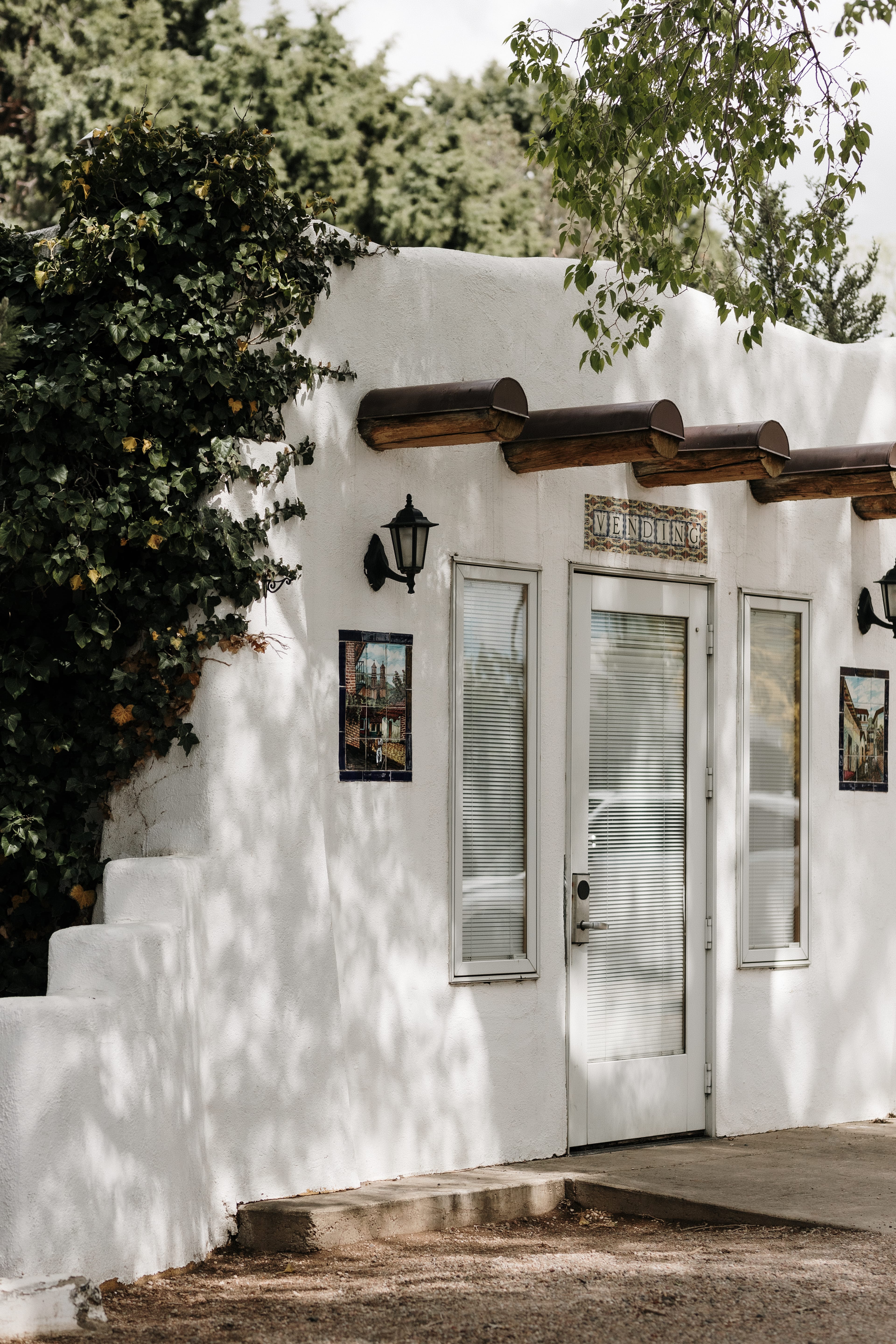
Consider Nantucket’s newly relaunched Beachside Hotel, first opened in 1966 as the Beachside Inn, where Franchino consulted on retail and operating supplies. “We’re aiming to make the experience feel reminiscent of your first taste of freedom and independence as a kid,” she says. “A little tongue-in-cheek, a little retro.” In the Beachside’s shop, she’s stocked friendship-bracelet kits and temporary tattoos. At other properties, she’s played up road iconography: custom enamel camp mugs, old-school plastic key fobs and vintage-style bumper stickers at Jackson, Wyoming’s former Anvil Motel, a ’50s motor lodge reborn in 2017 as the Anvil Hotel.
Of course, not every spruced up motor inn is eager to embrace the h-word. “We are not a hotel, man—we’re a motor hotel,” says Ryan Fortini, who co-owns the Pacific Motel in Cayucos, California, 20 minutes northwest of San Luis Obispo. He and his wife, Marisa, reopened what had been the no-frills Dolphin Inn in 2022, following a down-to-the-studs renovation of its main lodge and circa-1920s bungalows. “To me,” Fortini says, “a motor lodge means casual, super real, super intentional. It means you're pulling up in your car, parking in front of your room and cruising the lobby in your jammies or your stained shirt.”
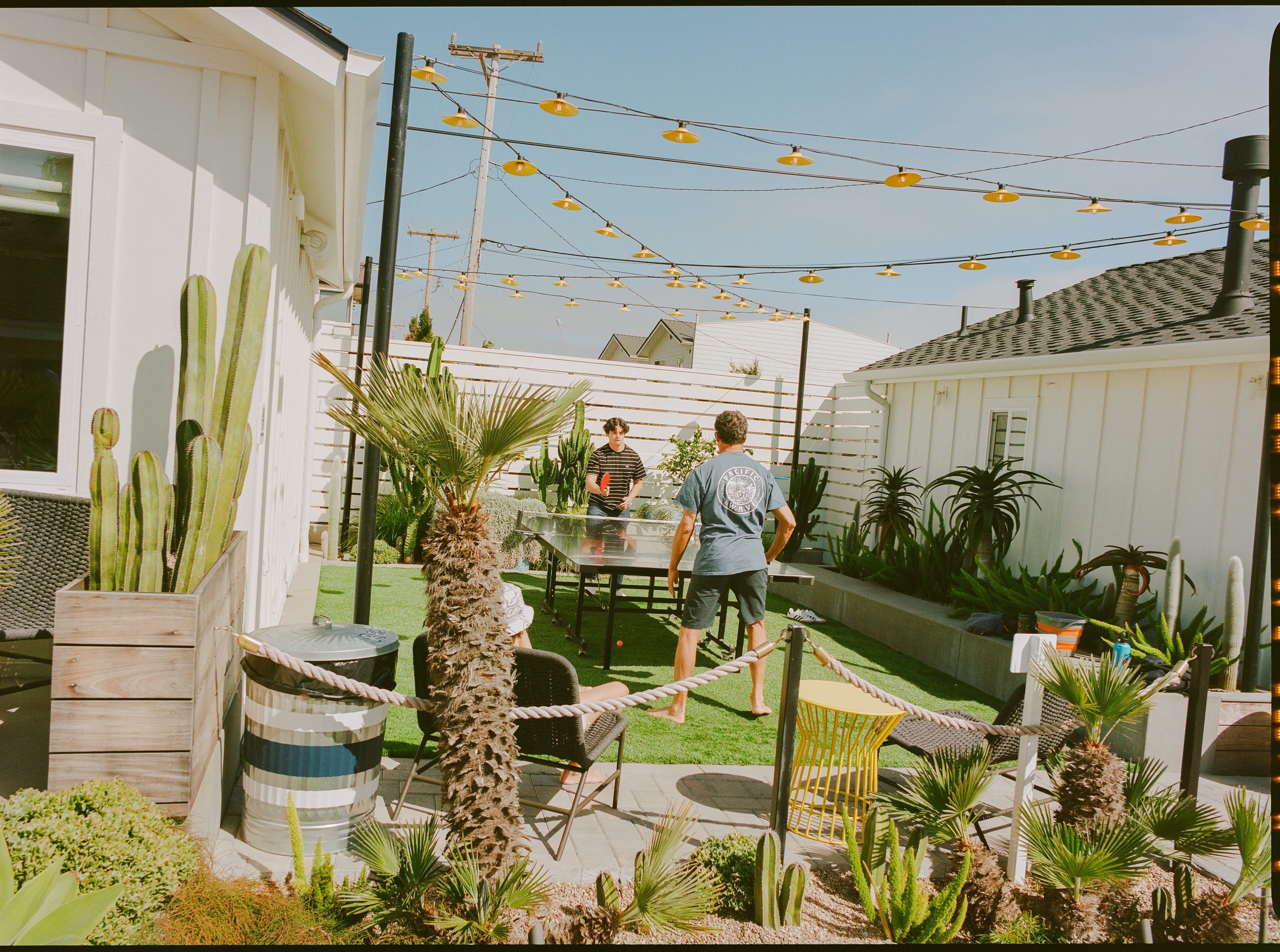
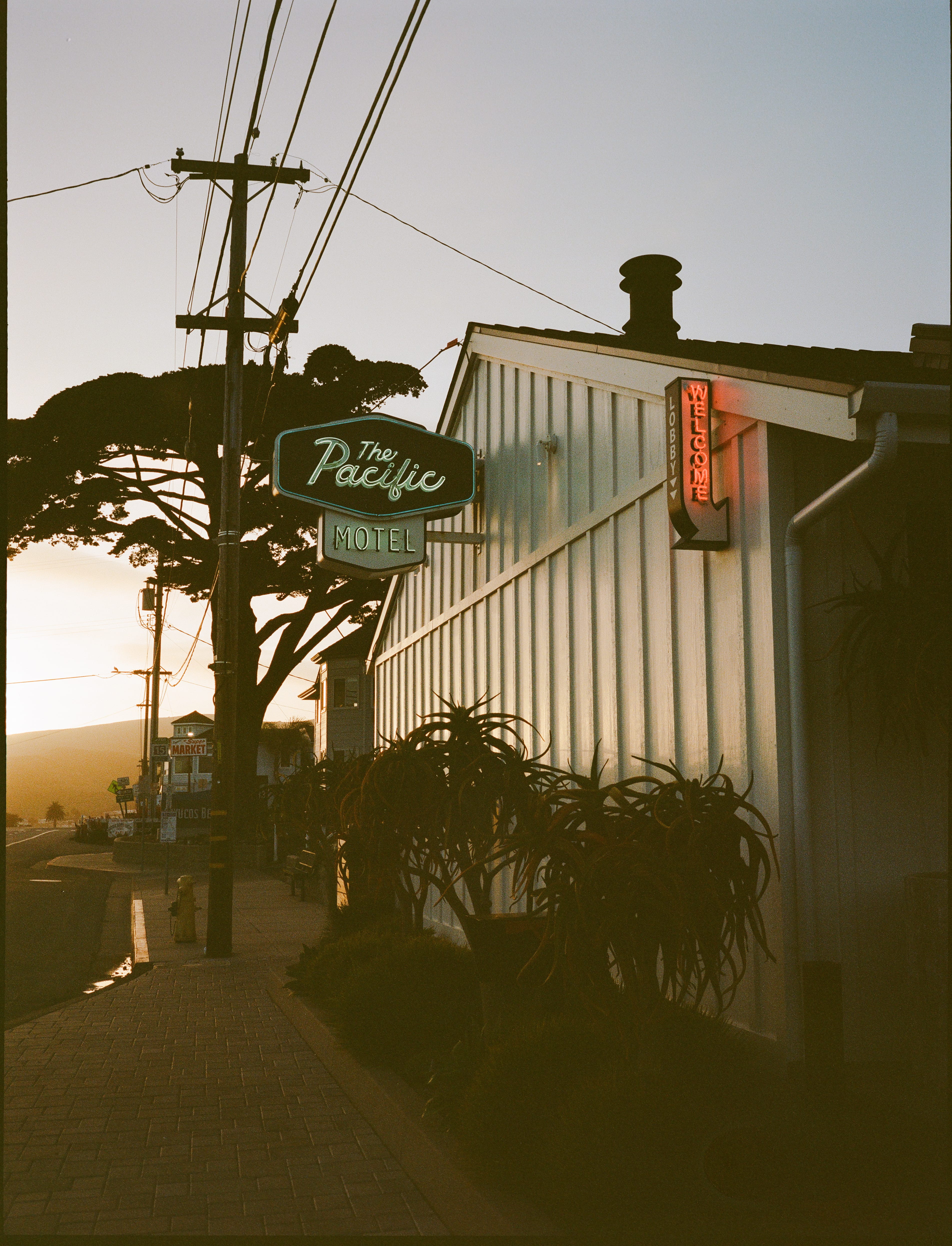
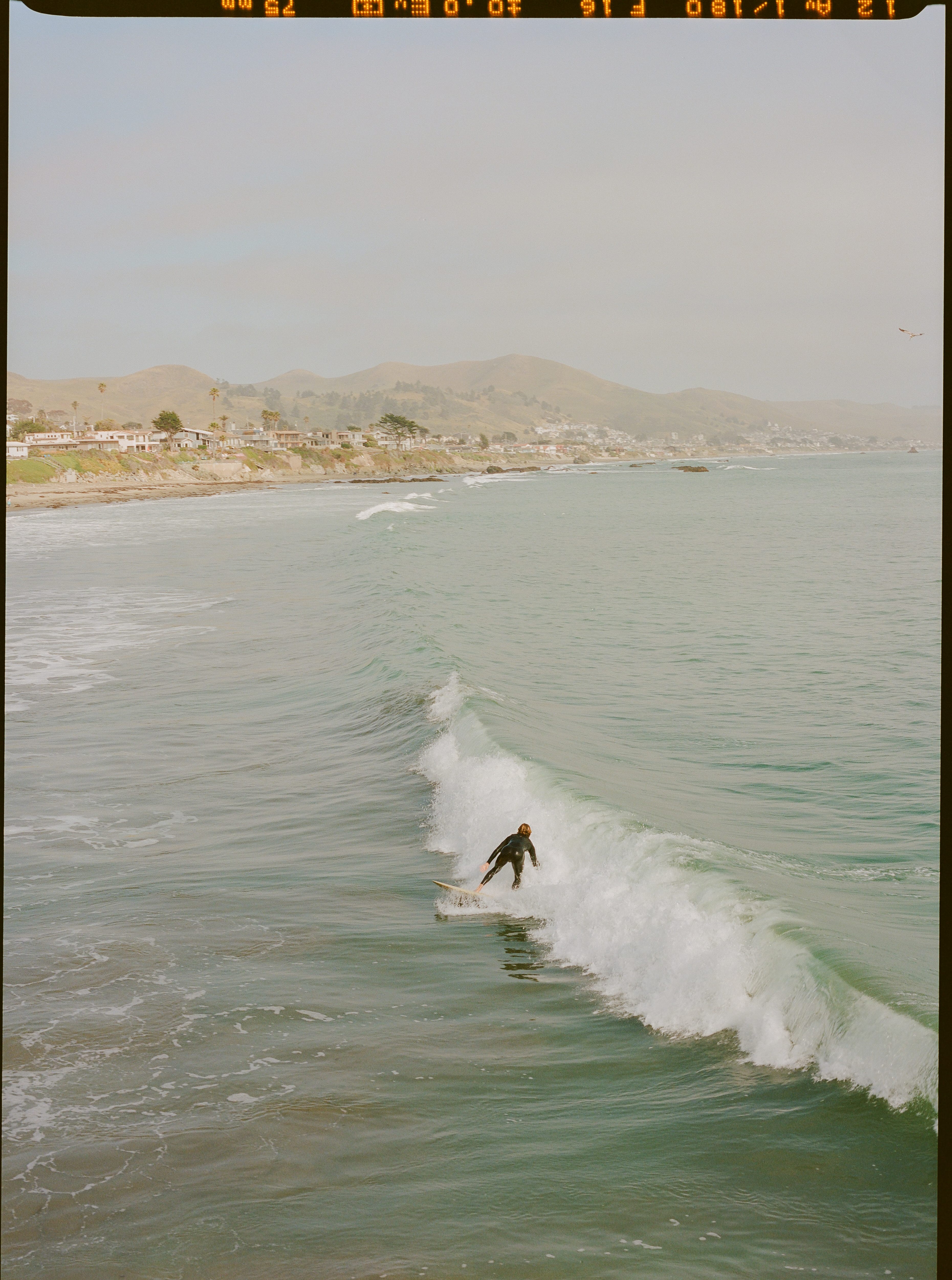
These days, the reimagined motel experience also means blurring the line between a stopover and a destination. Many motor lodges were built as one-off digs for travelers on their way to someplace else. The challenge for today’s new-wave moteliers is to woo guests to stick around for two or three nights. For the Fortinis, that’s meant designing spaces that invite lingering: fire-pit patios, a communal ping-pong table, a snack-and-bar cart in a vintage Chevy panel van. But it also means hyping little Cayucos as one of the coast’s last unspoiled surf towns. “It’s a part of our mission,” Fortini says, “to show we’re not just a stopover on the way to Big Sur.”
As a trend, the motor lodge glow-up can be detected in every time zone. Charleston’s Star- light showcases design and sharp branding. In the Berkshires, Tourists weaves arts and culture and nature, while The Wayback goes for retro cheek in the Smokies. Hotel Lucine recently added demure glamor to Galveston’s beachfront, and High Country Motor Lodge in Flagstaff is all about the high-desert air.
“We see some pretty cool motels popping up in out-of-the-way spots, where hipsters from Brooklyn are renovating 20-room places and creating their own demand,” says Rob Blood, founder and president of Lark Hotels, a portfolio of more than 50 boutique properties, mostly around New England. Lark’s mid-scale Bluebird sub-brand takes a different tack: Its nine stylishly renovated motor courts and lodges are in places picked specifically for their existing destination appeal, locations like Lake Placid, the Catskills, Cape Cod.
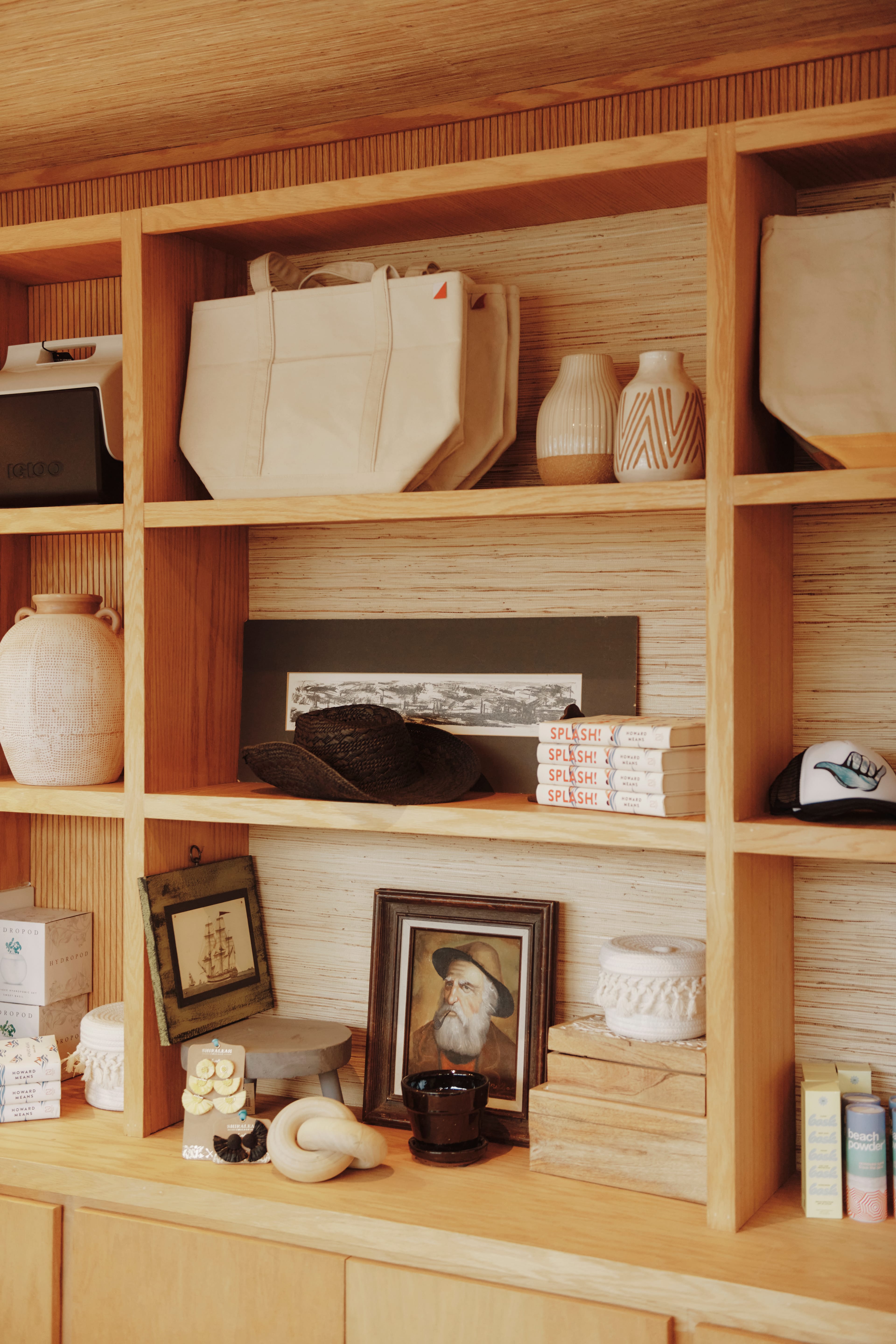
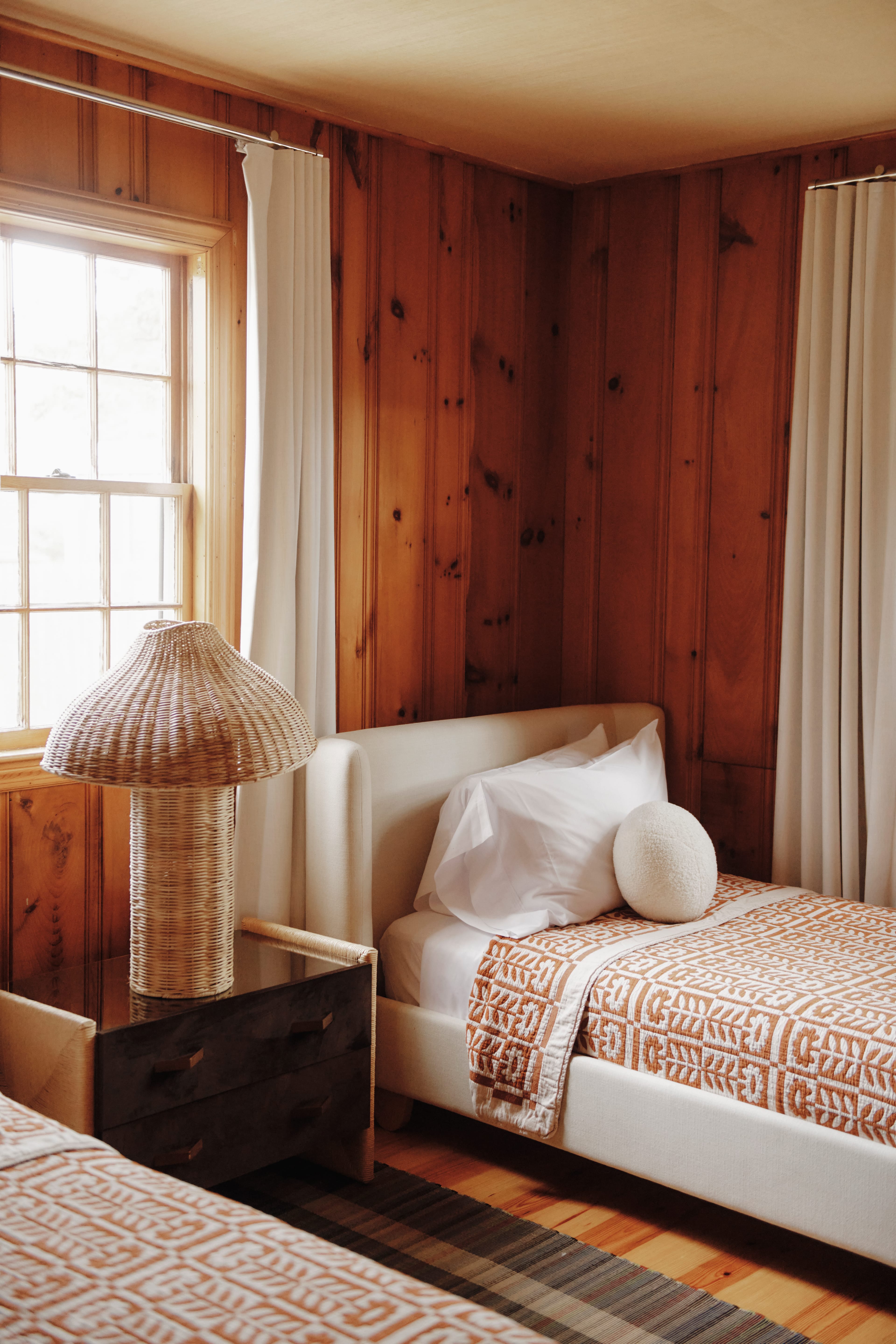
And yet, Blood says, part of what the Bluebird mo- tels are out to channel is the romance of being en route. His company’s investment in motor lodges originated in his nostalgia for childhood trips in his family’s Wagoneer: the roadside eats along the way, the nights in a HoJo. “The ethos of the Bluebird brand,” Blood says, “is trying to encourage people to make it more about the journey and less of the destination.”
And that, for all the emphasis on design and curation, is what’s at the heart of the motor lodge’s allure: the mystique of in-between-ness, the sense that there’s a welcoming vibe around you and a comfy bed beneath you, but also a long road out in front of you.
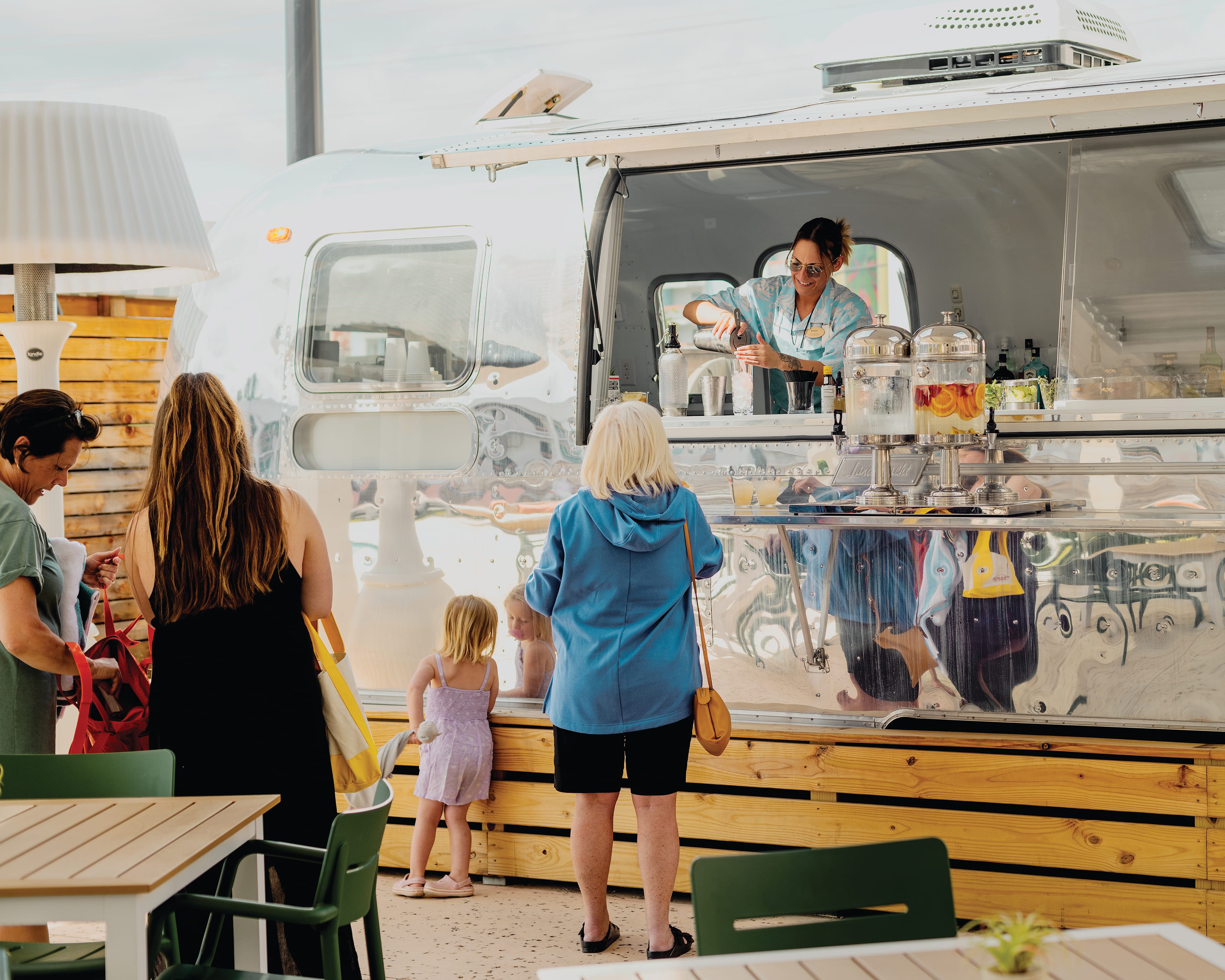
Read more like this
